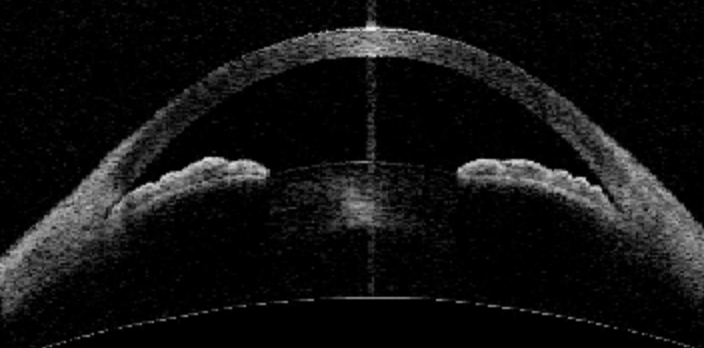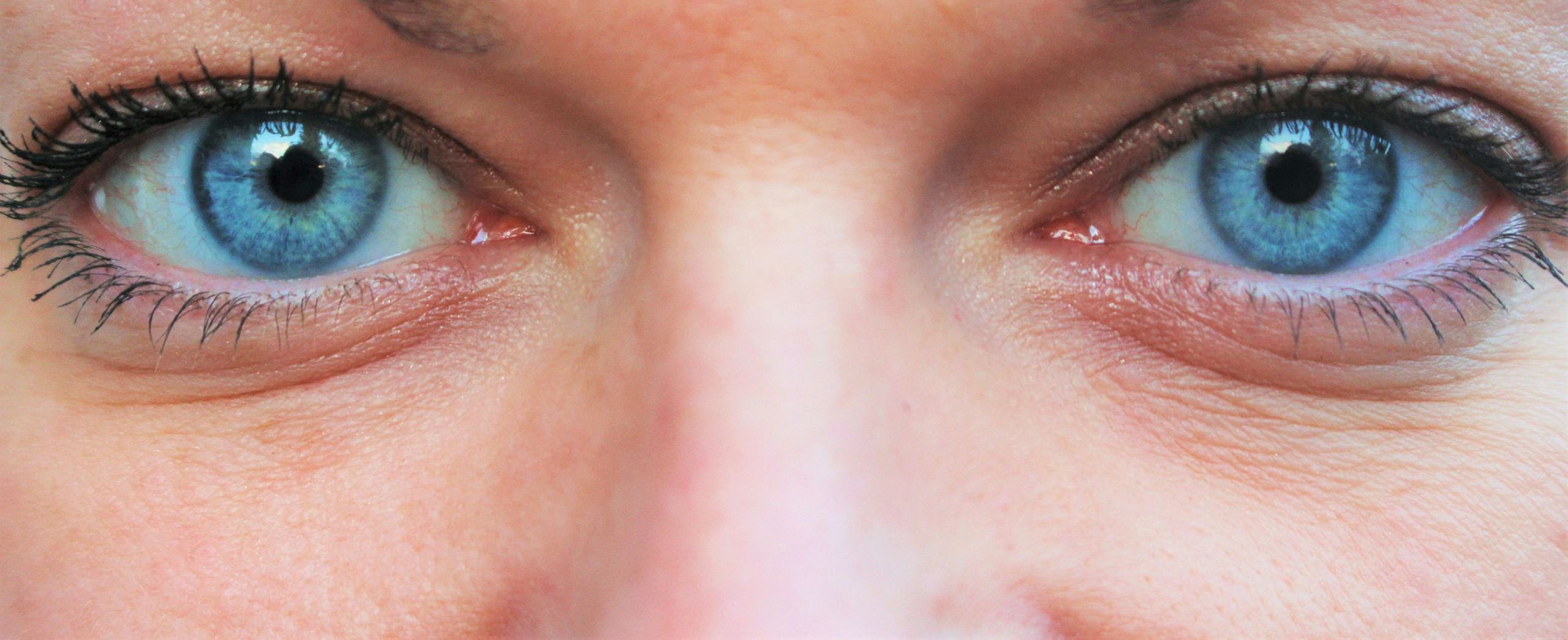A Medical Emergency
Angle-closure glaucoma is a less common but serious form of glaucoma that requires immediate medical attention. Unlike open-angle glaucoma, where the drainage angle remains open but inefficient, angle-closure glaucoma occurs when the iris blocks the drainage angle in the eye. This blockage prevents the aqueous humor from flowing out, causing a rapid rise in intraocular pressure (IOP).
Causes and Risk Factors
The condition typically occurs in people with anatomically narrow drainage angles, a common trait in those with hyperopia (farsightedness) or smaller eyes. Risk factors include being over 40, of Asian or Inuit descent, and having a family history of glaucoma. Certain medications and dim lighting can also trigger an acute attack.

Symptoms of Acute Angle-Closure Glaucoma
Acute angle-closure glaucoma is a medical emergency. Symptoms include sudden, severe eye pain, blurred vision, halos around lights, nausea, and vomiting. The affected eye may appear red and feel hard to the touch. If untreated, it can lead to permanent vision loss within hours or days.
Treatment and Management
Immediate treatment focuses on lowering eye pressure. Medications, such as oral carbonic anhydrase inhibitors or IV mannitol, may be used to reduce IOP. Laser iridotomy, a procedure that creates a small hole in the iris, is often performed to restore fluid flow and prevent future attacks. In some cases, surgical iridectomy may be necessary.
Prevention
For those at risk, routine eye exams can identify narrow angles before symptoms occur. Early detection allows for preventive measures, such as laser iridotomy, to reduce the likelihood of an acute episode.
Understanding angle-closure glaucoma and acting quickly during an attack can make the difference between saving and losing vision. Regular eye exams are crucial for early detection and prevention.


